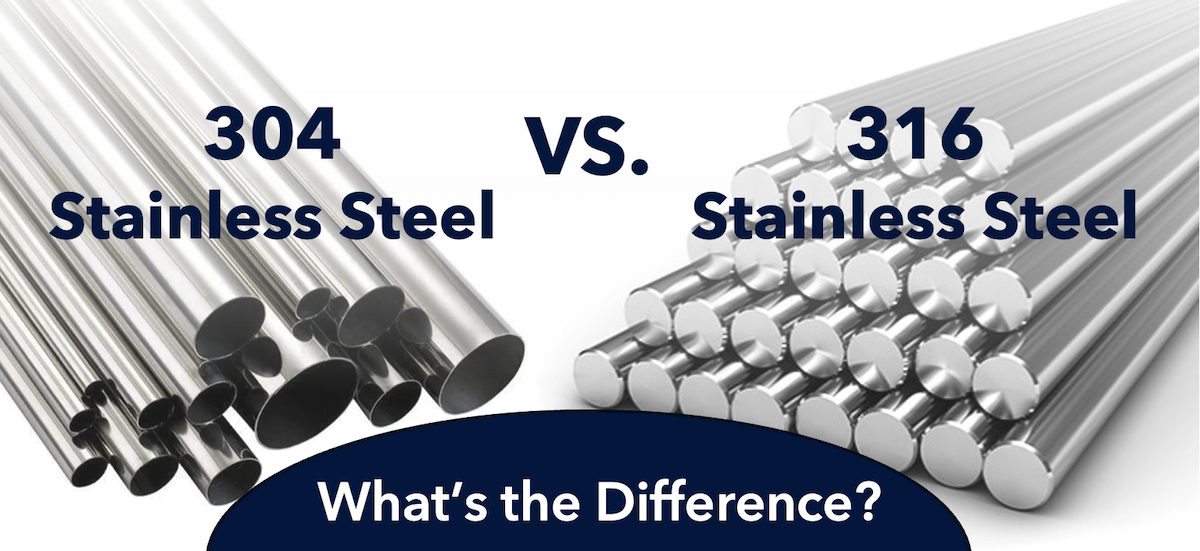Views: 0 Author: Rachel Wynn Publish Time: 2025-05-09 Origin: Site











304 stainless steel is a widely used austenitic stainless steel, containing approximately 18% chromium and 8% nickel, which is why it’s also known as 18/8 stainless steel. Its key characteristics include excellent corrosion resistance, good formability, and strength, making it ideal for a range of industries including food processing, chemical, construction, and medical equipment. 304 stainless steel can withstand high temperatures and remains stable in most environments, resisting rust and corrosion, especially in humid or harsh conditions. Due to its durability and high hygiene standards, it is one of the most common materials in everyday life, found in products such as kitchenware, utensils, and more.
304 stainless steel is an austenitic stainless steel that belongs to the 18/8 family — denoting 18% chromium and 8% nickel content. It is part of the AISI 300 series and is designated under UNS S30400. As a non-magnetic alloy in its annealed state, 304 is characterized by a face-centered cubic (FCC) crystal structure, which enhances its strength, ductility, and toughness at both high and low temperatures.
The corrosion resistance and structural integrity of 304 stainless steel are attributed to its carefully balanced chemical composition. Here's a typical breakdown:
| Element | Content (% by weight) | Function |
|---|---|---|
| Chromium (Cr) | 18.0 – 20.0 | Provides corrosion resistance and enhances hardness |
| Nickel (Ni) | 8.0 – 10.5 | Stabilizes austenite structure; improves toughness and ductility |
| Carbon (C) | ≤ 0.08 | Improves strength but kept low to enhance weldability and corrosion resistance |
| Manganese (Mn) | ≤ 2.00 | Improves hot working properties and corrosion resistance |
| Silicon (Si) | ≤ 1.00 | Enhances oxidation resistance |
| Phosphorus (P) | ≤ 0.045 | Generally considered an impurity; minimal effect |
| Sulfur (S) | ≤ 0.030 | Increases machinability; high amounts reduce toughness |
| Iron (Fe) | Balance | Base metal |

304 stainless steel is notable for its excellent strength and workability. Below is a summary of its key mechanical and physical properties:
| Property | Value (Annealed) | Unit |
|---|---|---|
| Density | 7.93 | g/cm³ |
| Tensile Strength | 515 – 750 | MPa |
| Yield Strength (0.2% offset) | 205 | MPa |
| Elongation at Break | ≥ 40 | % |
| Modulus of Elasticity | 193 | GPa |
| Thermal Conductivity | 16.2 | W/m·K (at 100°C) |
| Melting Point | 1,400 – 1,450 | °C |
The widespread use of 304 stainless steel is due to its impressive balance of formability, corrosion resistance, and mechanical strength. Key advantages include:
Corrosion Resistance: Highly resistant to a wide range of oxidizing and reducing environments.
Ease of Fabrication: Can be easily welded, machined, and formed using conventional techniques.
Aesthetic Appearance: Offers a clean, shiny surface ideal for decorative and architectural uses.
Hygiene and Cleanability: Preferred in food and medical environments due to ease of sterilization.
Cost-Effectiveness: More affordable than higher-alloy stainless steels such as 316, while offering sufficient performance for general applications.
304 stainless steel is used across many sectors. Below are some of its most common applications:
Kitchen sinks, appliances, and countertops
Food processing equipment and breweries
Architectural cladding, handrails, and structural supports
Pharmaceutical and chemical storage tanks
Automotive trims and exhaust components
Heat exchangers and pipelines
Medical surgical instruments and implant devices

A: In its annealed state, 304 stainless steel is generally non-magnetic. However, cold working such as bending or rolling can induce a slight magnetic response due to martensitic transformation.
A: While 304 stainless steel is highly corrosion-resistant, it is not completely immune to rust. Exposure to chlorides (like salt water) or acidic environments may cause localized corrosion such as pitting or crevice corrosion over time.
A: 316 stainless steel contains molybdenum (2-3%), which provides superior resistance to chlorides and acids. It is preferred in marine or aggressive chemical environments, though it is more expensive than 304.
A: Yes. 304 is the industry standard for food-grade stainless steel due to its corrosion resistance, lack of leachable metals, and ease of cleaning. It is widely used in commercial kitchens, breweries, and food processing plants.
A: Common methods include spark testing, magnet testing (304 is non-magnetic when annealed), and chemical analysis via XRF or spectrometry. Material certifications from suppliers are also standard for confirmation.






